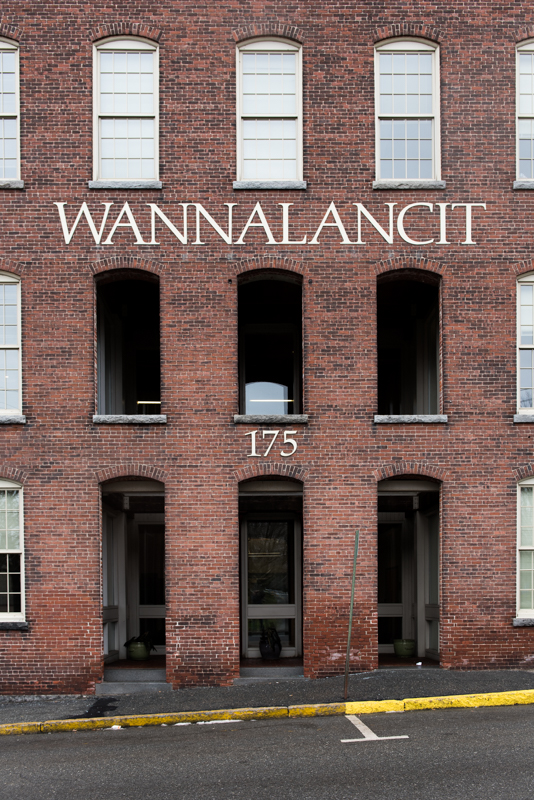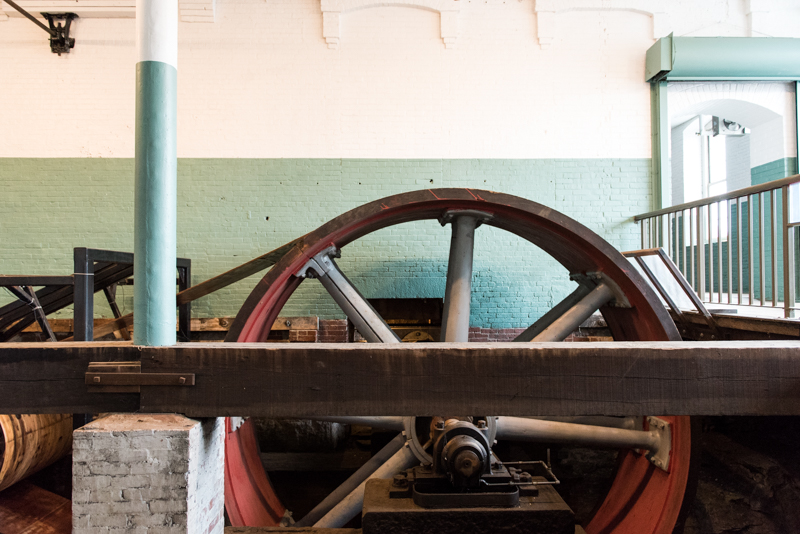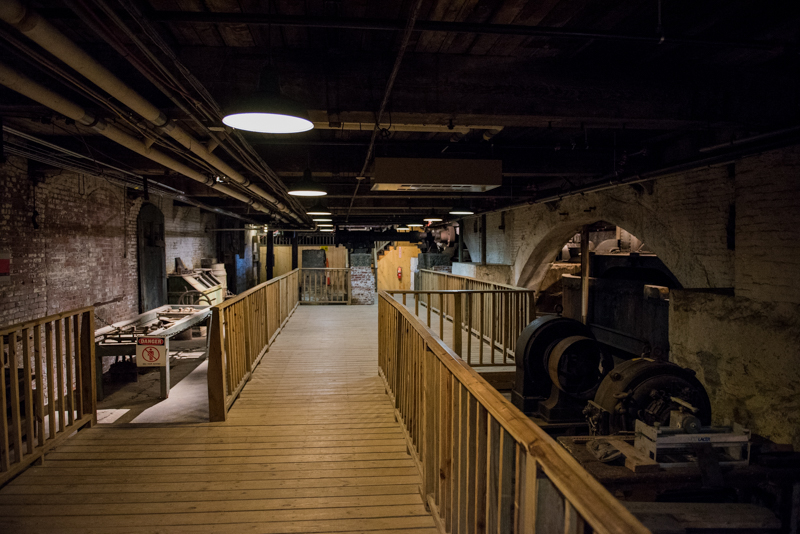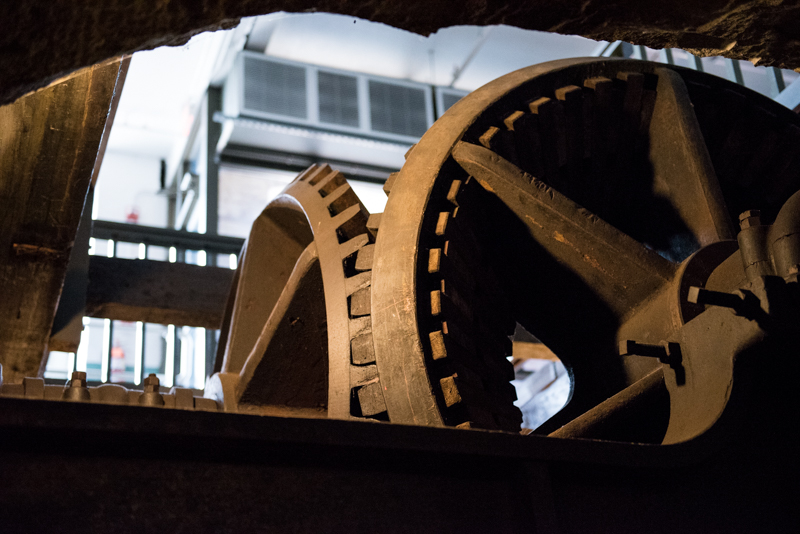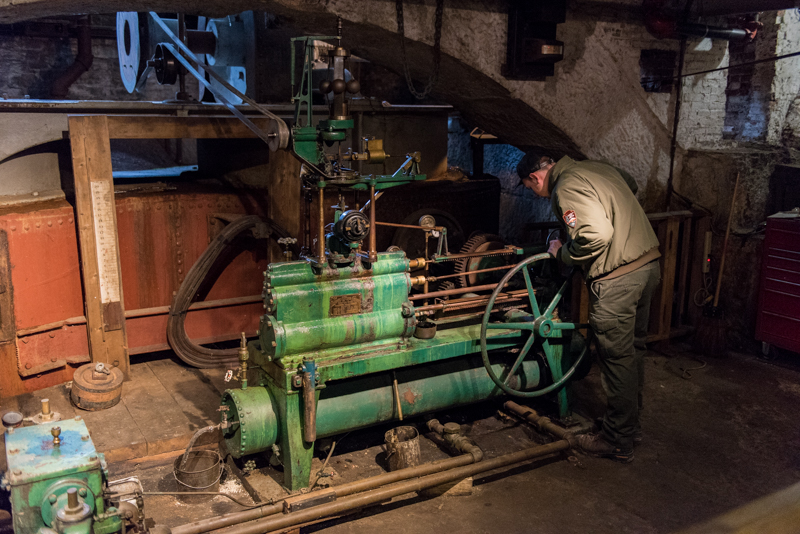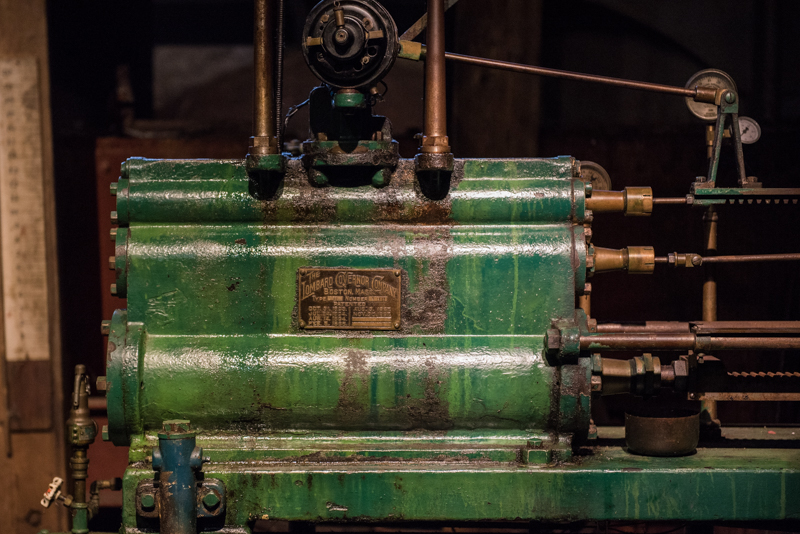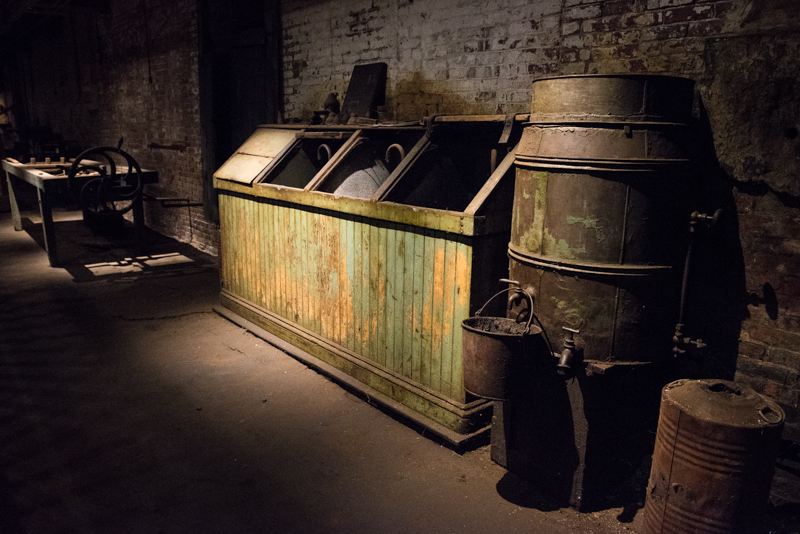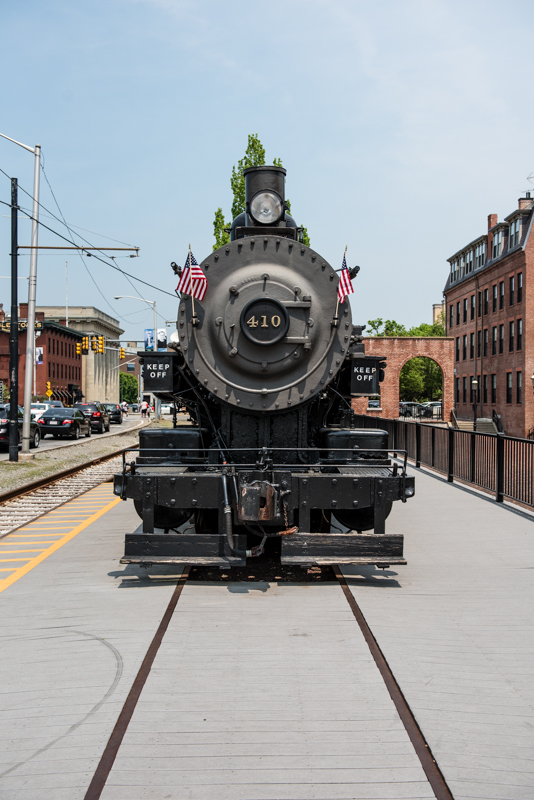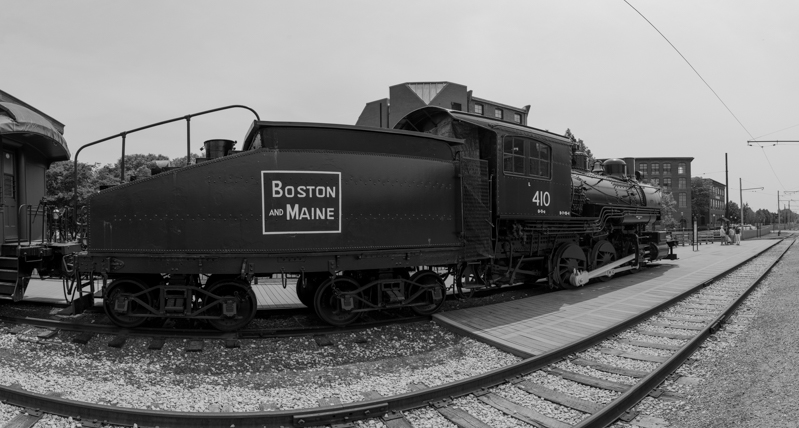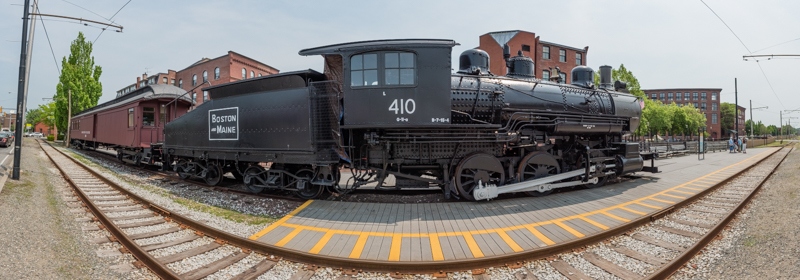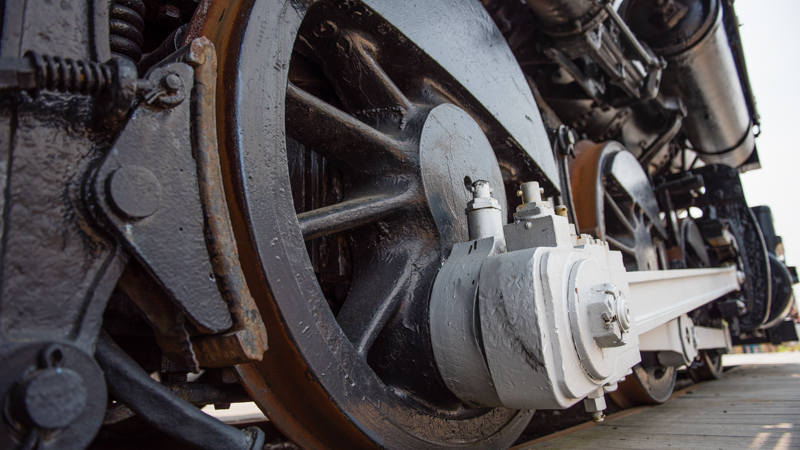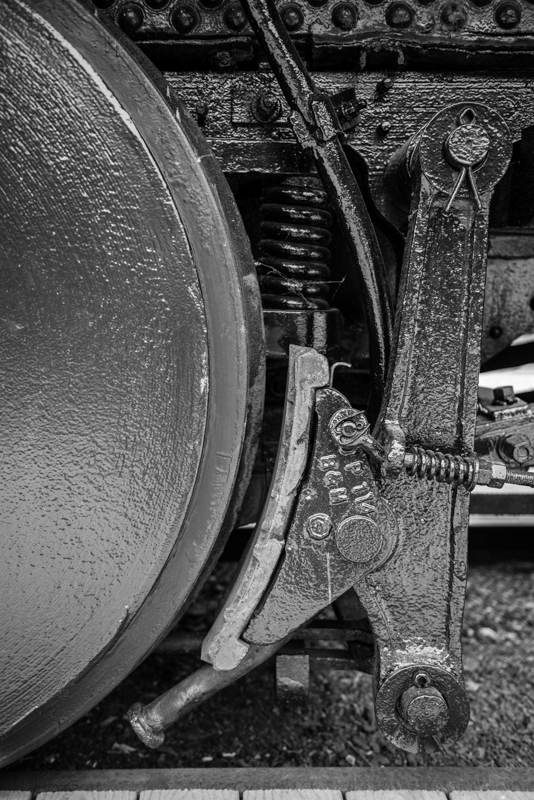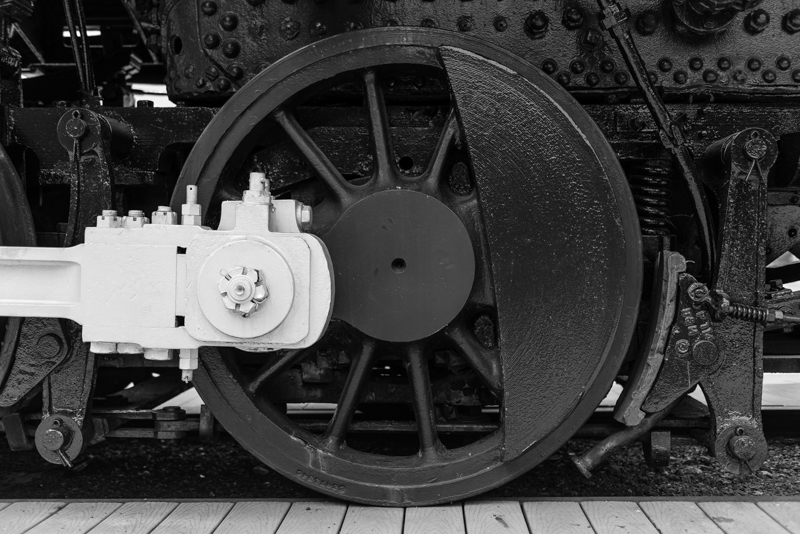Battle Road Trail Walk
Last weekend Holly and I braved the 35°C weather, and drove to the Minute Man National Historical Park for their Battle Road Trail Walk—a three and a half hour walk covering almost 7 km of the Battle Road trail.
Naturally, I brought my camera. Unfortunately, because of the terrible heat, I didn’t take all that many photos. Of the ones I did take, I think only five are worth sharing. I am including them all in this post, but you can check out the gallery for the photo metadata.
The walk began at Meriam’s Corner, where on April 19, 1775 the locals attacked the British column returning from Concord and drove them all the way back to Boston. This is the beginning of “Battle Road”.
This is Nathan Meriam’s house—standing right next to where the attack began.
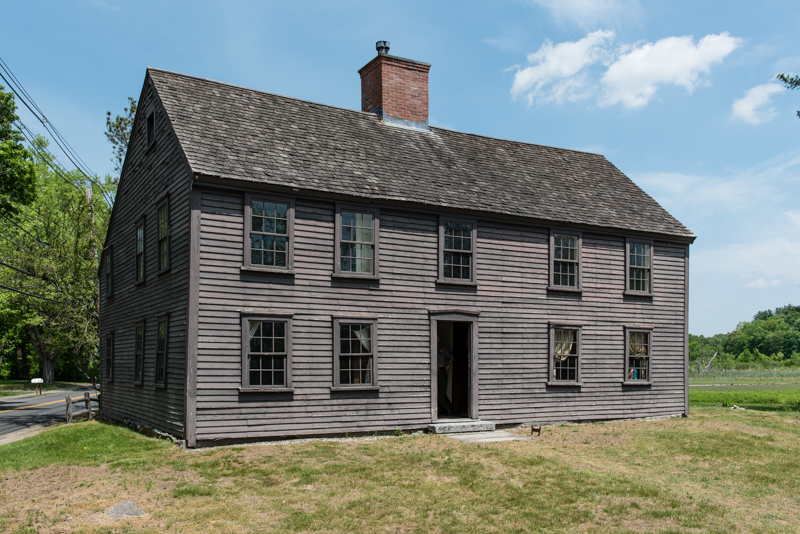
Despite the heat, we were only two of about 35! We were shocked to see that most people decided to show up to a 7 km walk in 35°C heat with barely 500 ml of water per person. (We knew better and brought a little over 4 liters for the two of us. And we had a stash of sports drinks in the car.) We were surprised nobody passed out along the way…or at least we did not notice anyone passing out :)
Here is park ranger Jim Hollister, our guide for the walk, mid-sentence near Hardy’s Hill. (I know, not the most flattering of photos.)
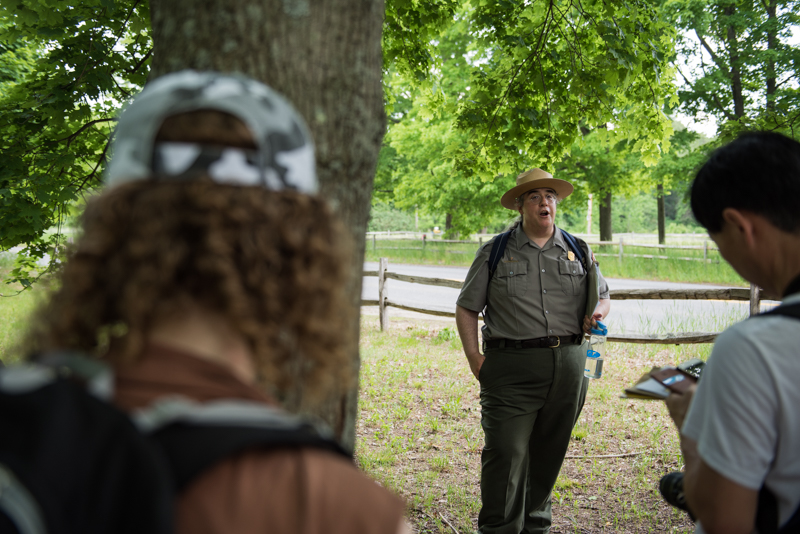
Hartwell Tavern is a little past the half-way point of the walk. The whole group took a break here so I had a few minutes to kill—and I did that with photography!
First of all, the tavern itself:
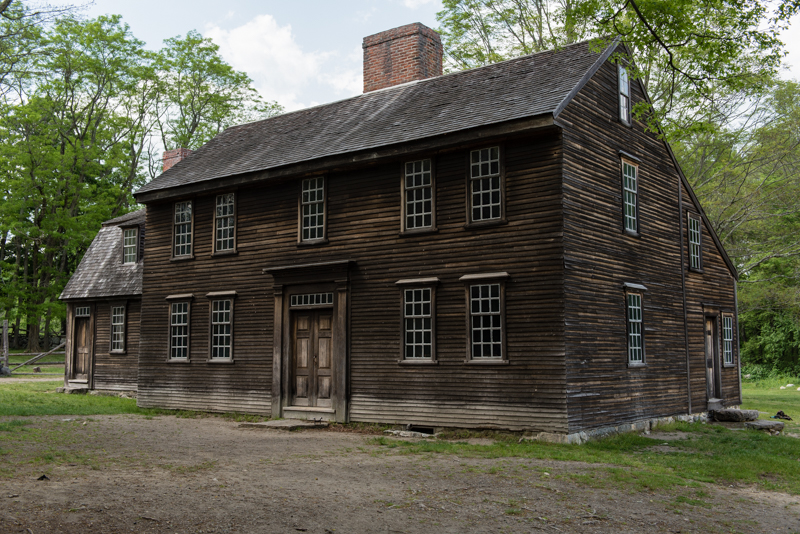
And an 8-shot panorama of the tavern and some of the walk participants. (38 MB full size panorama)
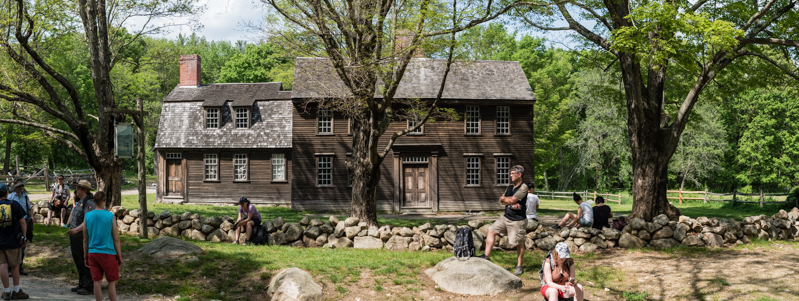
And the last photo from the trip is the Captain William Smith house (in  Lincoln, MA).
Lincoln, MA).
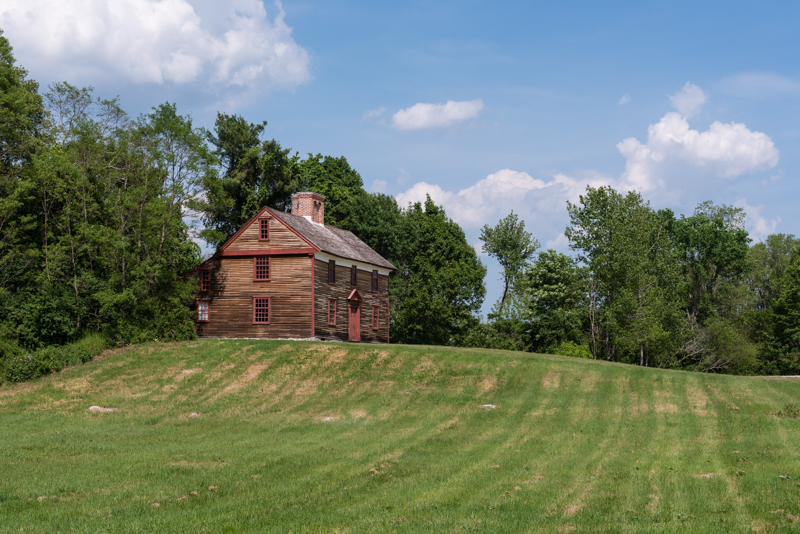
As I said earlier, I did not take that many photos. I will try to do better in the future. :)
